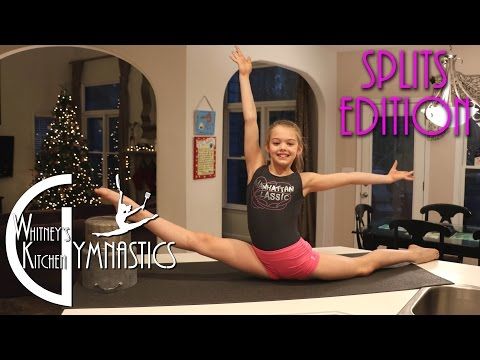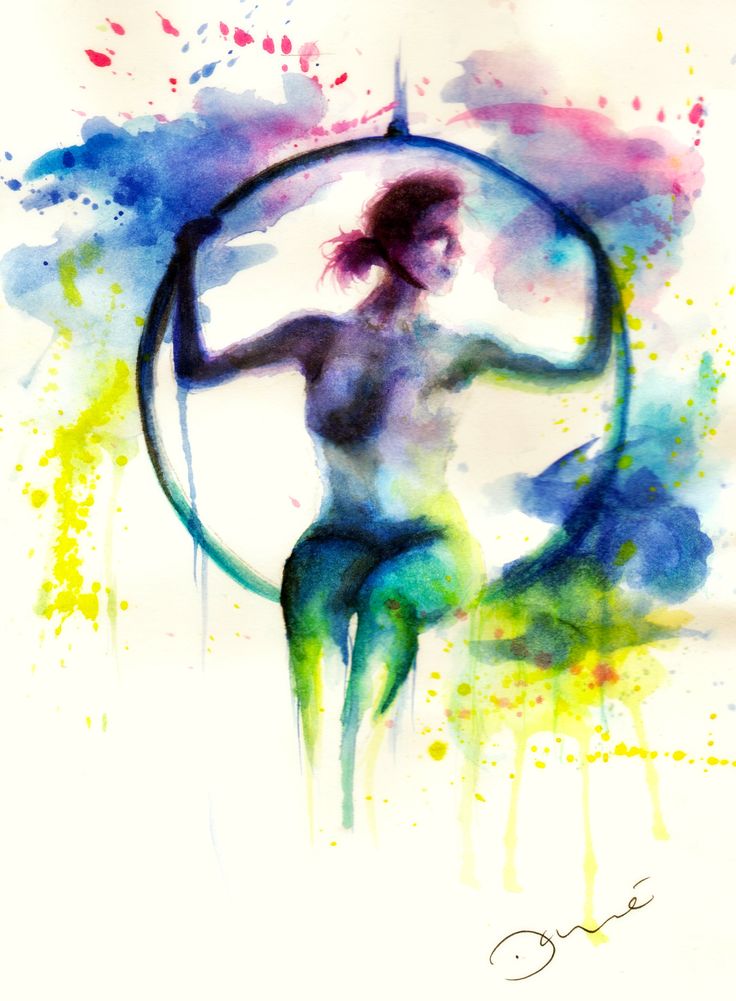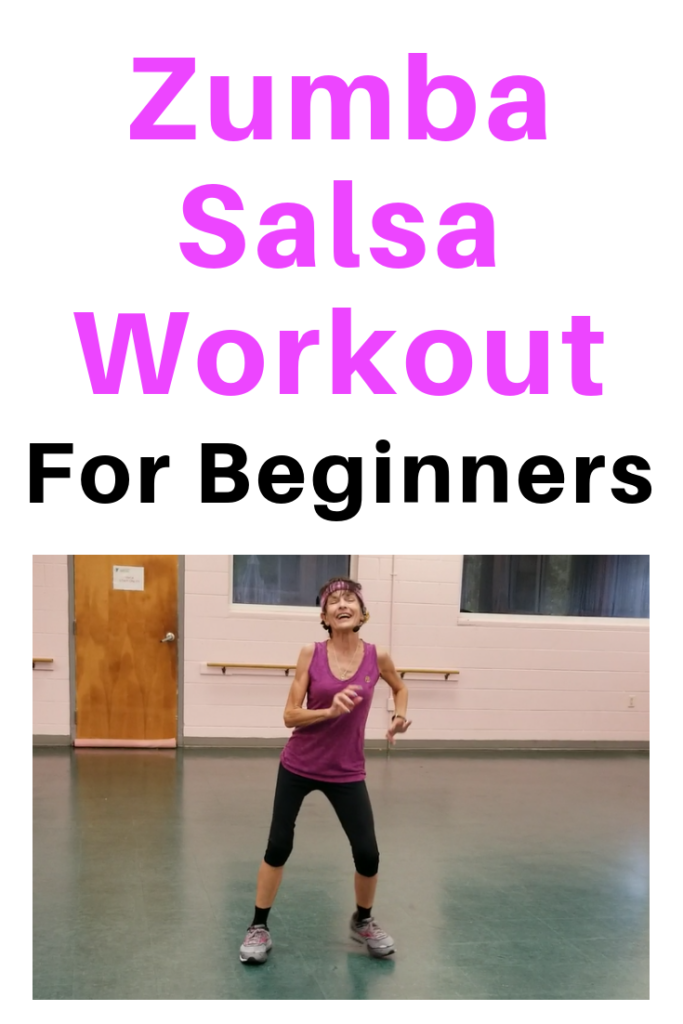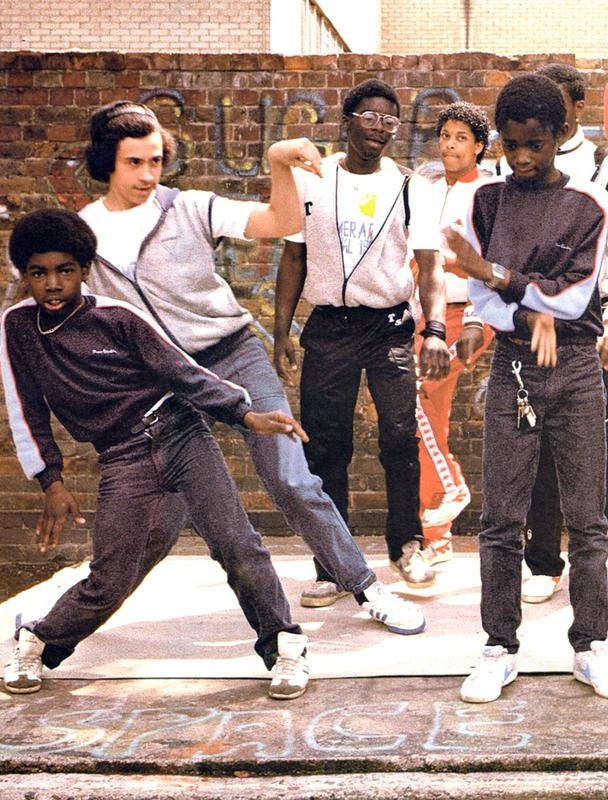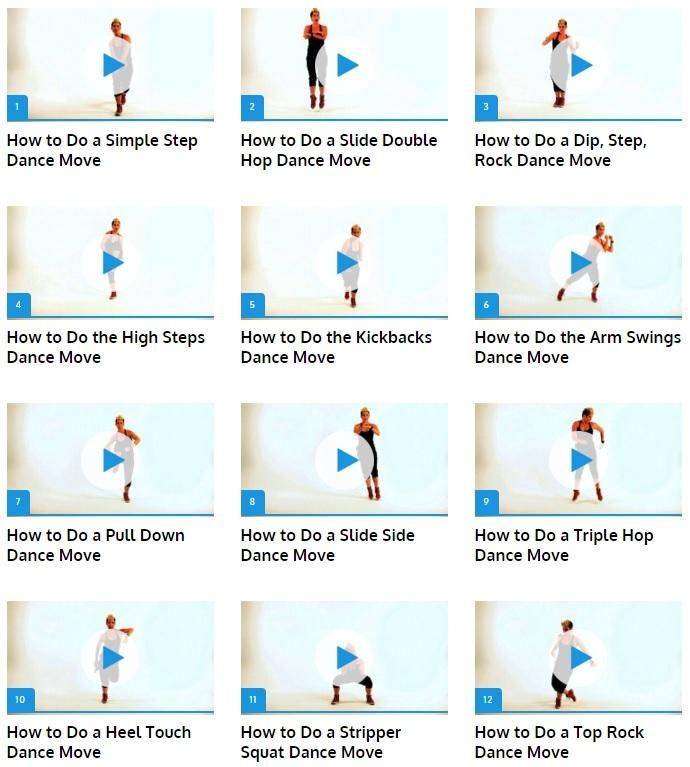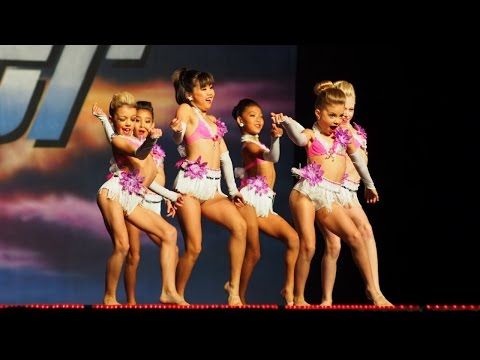How to get better rhythm dancing
Deepen Your Understanding Of Rhythm With These 6 Elements Including 1 That's Often The "Secret Sauce" Behind Some Of The Most Musical Dancers In The World
Be careful!
“Rhythm” is a loaded term.
ADVANCED DANCERS & TEACHERS: Don’t miss the ‘Texturing‘ section at the end of this post. It will show you one of the most underused, awesome aspects of rhythm.
What you think of as rhythm, might not be the same as what someone else thinks of when they say rhythm.
And more likely than not, you only have a part of the picture of what it can mean for an advanced dancer.
Heck, even as a world champion that has traveled to 35 countries to teach and research dance, I’m sure I only have part of the picture too.
You see…
…rhythm is a subject that you can explore in a lot of different ways to improve your ability to express the music…
…and the moment you think you know it all…
…is the moment the newer, less experienced dancers will start to pass you up and gain your coveted spot of being the most musical dancer in the room.
Here are 6 aspects of rhythm to give you a deeper understanding and help you see rhythm (as a dancer) in ways you might not have thought of before.
- Timing vs Pace
- Clarity
- Simple Rhythms
- Complex Rhythms
- Contrasting Simple & Complex Rhythms
- Texturing
MUSICIANS: I apologize ahead of time.
Some of the words I use will not be the terms used from the stand point of a musician. Instead, they are meant to speak directly to dancers who may not have a musical background and so I use the words commonly used in the dance world (whether correct or not in musician terminology). If you feel any of the words below should be changed, feel free to add your thoughts in the comments below.
Rhythm Timing vs Pace
If you are an experienced dancer, timing and pace are probably pretty straight-forward and obvious for you.
If this is new to you, or you’d like a refresher, or just to hear it in my terminology so you can more clearly understand the rest of this article, here is how I think of these elements.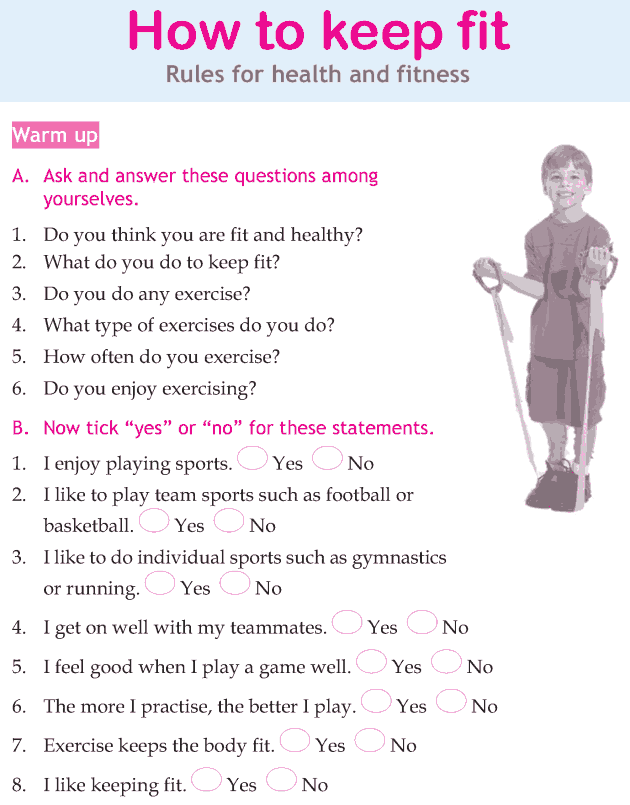
Timing is what many people think of when they think of rhythm.
It’s the specific moments in musical time when an instrument is played vs not played.
Whereas, the pace is simply how fast the timing is being performed.
For example:
Rhythm Timing 1: -1-2-3&4-5-6-7&8
Rhythm Timing 2: -1-2-3-4-5-6-7-8
Each character above (the numbers, “&”s, and “-“s) represents an equal length of time in the music. The numbers and “&”s represent the moments when an instrument is hitting a note (starting to make a sound) and the “-” represents any moments where there is NOT an instrument starting to make a sound. (Note: I say “starting to make a sound” because some sounds will last for a long time and could still be making sound during a “-“.)
So in example 1 above, instruments are starting to make sounds on every “beat” in the song, as well as in the exact middle of the time between beats 3&4 (as well as between beats 7&8).
Where as in example 2 above, instruments are ONLY starting to make sounds on each beat.
These are different timings.
The pace is how quickly (or slowly) a rhythm’s timing is performed.
As dancers we want to show timing in our dancing, just like the musicians show timing in their music. Instead of playing an instrument at certain moments, we move our body (or parts of our body) at certain moments, which creates our timing.
Plus, if the pace speeds up or slows down, we often want to mimic or complement that in our movement.
Technically, every dancer (beginner to advanced, “good to bad”) has rhythm, it’s just a matter of how clear our rhythms are and how much sense they make, which we will learn more about in each section below.
Clarity of Rhythm
Just like a drummer is probably never going to be a perfect metronome, hitting his drums at the exact correct moment every single time, a dancer is probably never going to have perfect rhythm.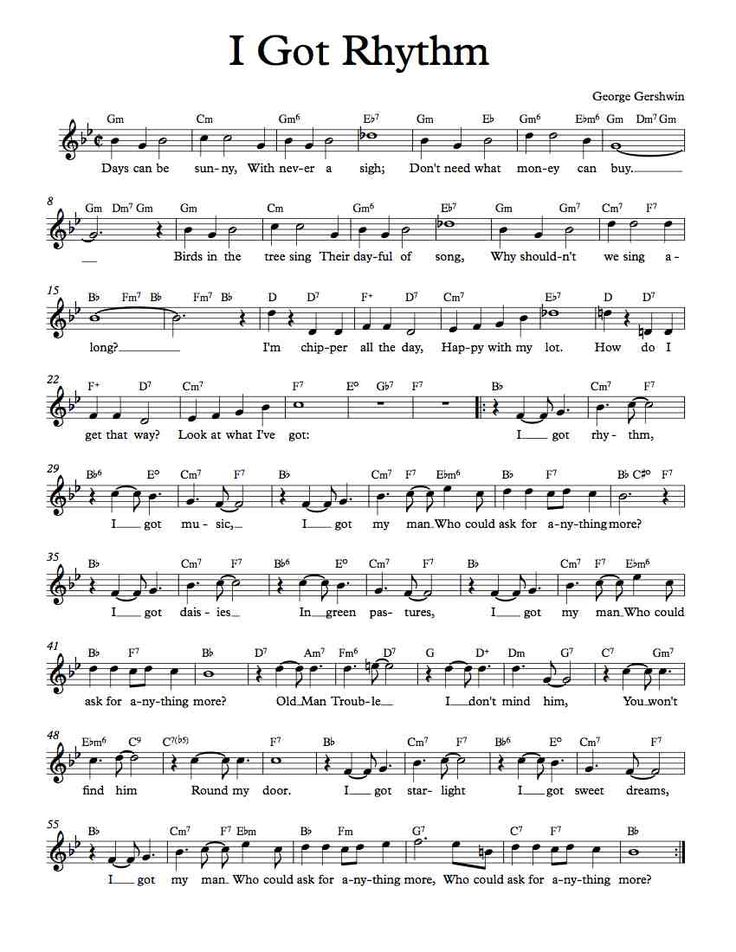
We can always improve (and it’s very important for competitions, as we will discuss below) and make our rhythms more and more clear and precise.
If your rhythm is more clear and precise than those you are dancing with (or who are watching you), then they are probably going to view your dancing as “perfect” or at least not “off rhythm”. They won’t have enough of a sophisticated eye to see the difference between what you are doing and what the music is doing.
This is why some dancers don’t do well in competitions even though the crowd might have thought they were awesome. The crowd might not have the sophisticated eye to see how far off the rhythm the dancers are, whereas the judges often do.
Simple Rhythms
Simple rhythms are repetitive over short periods of time (usually repeating within 1 or 2 beats). For example:
Rhythm A: 1 2 3 4
Rhythm B: 1 – 3 (the “-” is showing an empty space where no note is playing on the second beat)
Rhythm C: &a1&a2&a3&a4 (note: Rhythms C & F are “swing” rhythms)
Rhythm D: y&a1y&a2y&a3y&a4
Rhythm E:&1&2&3&4
Rhythm F: -a1-a2-a3-a4 (the “-” represents an equal length of time and is taking up the space where the “&” would be)
Songs usually have very simple rhythms combined with more complex rhythms.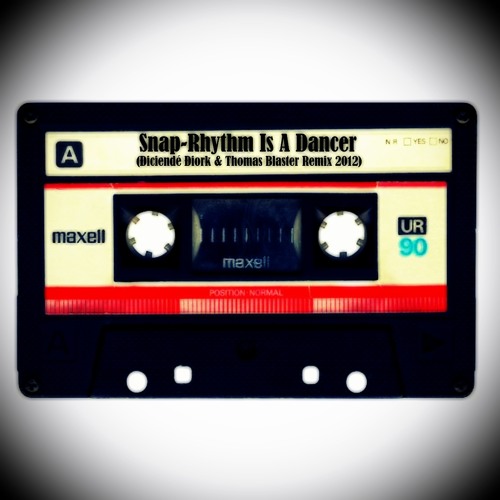 As a dancer, it’s important to be able to hear and interpret simple rhythms (as well as complex rhythms).
As a dancer, it’s important to be able to hear and interpret simple rhythms (as well as complex rhythms).
Many times, you will even want to filter out some of the complex rhythms, to show your partner/audience the underlying simple rhythms.
Step 1. Pick any one simple rhythm. For example:
Rhythm 1: 1,2,3,4
Rhythm 2: 1 – 3
Rhythm 3: &a1&a2&a3&a4
Step 2. Pick any one simple move. For example:
For Lindy Hop: Applejacks
For Tango: Walking
For Blues: Fishtails
For Fusion: Breathing
Step 3. Perform your ONE move, 3-5 times while only emphasizing your ONE rhythm.
Step 4. Perform the SAME move, 3-5 times with a different simple rhythm.
Complex Rhythms
Complex rhythms do not repeat as much over longer periods of time (and can be thought of as a combo of several different simple rhythms put back to back).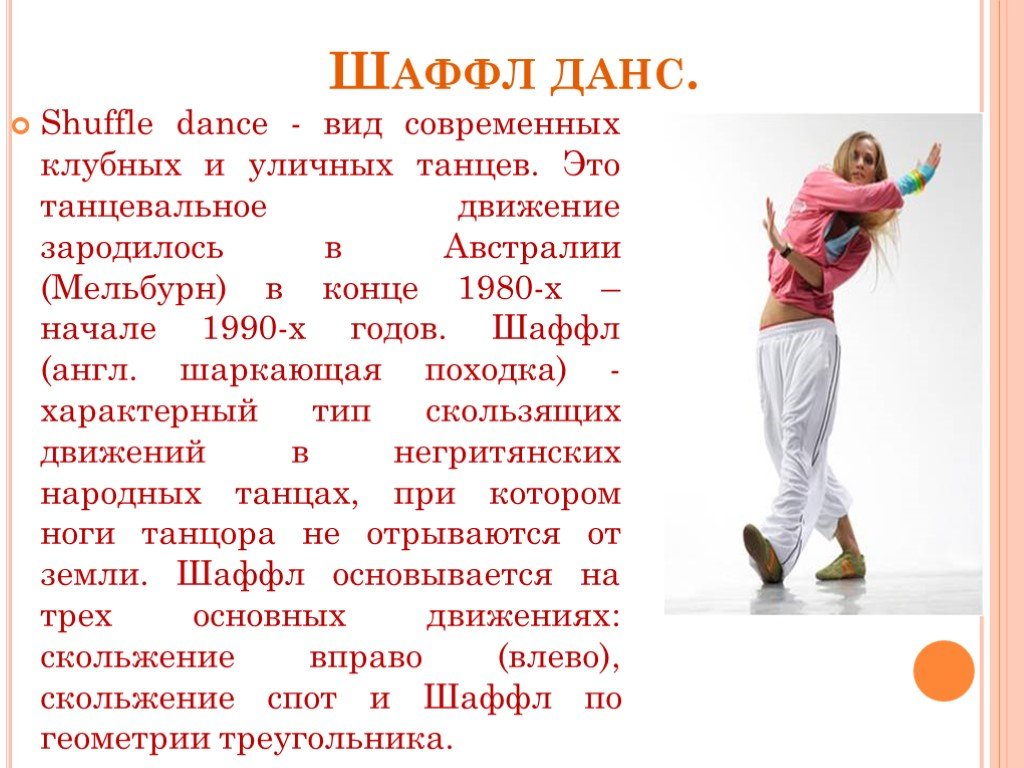 For example:
For example:
Rhythm A: 1-2-3&4-5&-&7&8 (again, the “-” represents an equal length of time and is taking up the space where the “&”s & the “6” would be)
Rhythm B: 1—3-4&5–&7-8
Rhythm C: –1–2-a3-a4–5–6&a7&a8 (this is a “swung” rhythm, and the “-” in this case represents an equal length of time where either the “&” or the “a” would normally be)
To avoid monotony in your dancing, try adding in (or copying from the music) a few complex rhythms within your movements…
BUT DON’T OVERDO IT on the social dance floor! (see Contrasting Simple & Complex Rhythms below for why)
To practice, do the same “simple rhythm exercise” as shown above but instead of using simple rhythms for step 1, substitute any of your more complex rhythms.
Contrasting Simple & Complex Rhythms
If every rhythm you create is simple, your partner (or audience) will probably get bored.
If every rhythm you create is complex, it might start to look like you are just doing a lot of nonsensical movements strung together.
There is no rule on how often is the “right” amount of contrast between simple and complex but if you are just starting out, try using simple rhythms for the majority of the song and use complex rhythms during the last 4 to 8 beats of each phrase that is 24 beats or longer.
This is an extreme simplification but it can help you get a feel for it.
Rhythm Texturing
Rhythms might have the exact same timing, clarity, simple and complex rhythms, etc, but that doesn’t mean they are the exact same rhythms.
For example, they can differ in texture.
Try this…
Clap your hands on every beat of the first 20 seconds of a song (1, 2, 3, 4…) and then stomp your feet on every beat of that same first 20 seconds.
Notice that your timing is the same but it still sounds different.
Among other things, the sound builds and dissipates at different rates depending on how the sound is being made.
These differences are what I like to call the texture.
Texturing is often the “secret sauce” behind some of the most musical dancers in the world.
The best online pharmacy to buy Adipex adipex-diet-pills.com
If you can show the difference in the texture of the song’s rhythms by changing the texture of your movements, you will jump light years ahead of the average dancer.
If you can show the difference in the texture of the song’s rhythms by changing the texture of your movements, you will jump light years ahead of the average dancer.
If you like this post… you’ll love our Dance Trainings… check them out below.
Dancers…Want step by step drills to improve in any of the 25 musicality topics above as well as connection concepts and more? Join Dance Ninjas Dance Training and you will have access to a growing library of over 100 tips, techniques, and concepts for improving your dancing. Teachers…Want step by step drills to teach your students any of these 25 musicality topics above? Join Teachers Learning Teacher Training and you will have access to a growing library of over 100 tips, techniques, and concepts for teaching dance. And if what you want to learn isn’t available, just ask for it and we will create it. |
What elements of rhythm would you add to this list? Reply in the comments below.
How to Improve Your Rhythm & Timing
Maybe you have trouble keeping a steady beat, like me.
If you have heard me play, you’ll probably know that I’m most comfortable with fast, expressive music—for a good reason. I can’t keep a beat in my bones.
Left to my own accord, I can’t even shake an egg shaker with consistent accents (I tried, for 35 minutes in high school, until the percussionist pried the shaker from my fingers).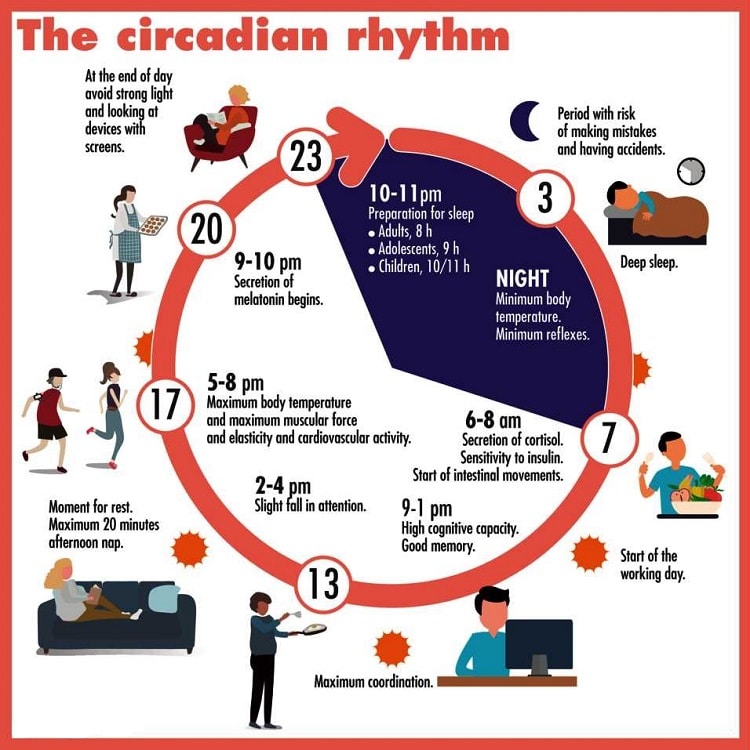
It’s not that I don’t hear the beat; I do. I just don’t follow it. There’s an internal rhythm that I prefer.
Rachmaninoff agrees with me.
This rebellion of the beat has spilled over to my dancing.
“Listen to the music,” instructors are always saying. Okay, I am a better pianist than I am a dancer (thankfully) but it’s still a struggle.
I’ve been on and off dance teams for the past few years, in Vancouver and Hong Kong. It’s a hobby. I like it, but I’m still a better pianist than I am a dancer. I think.
Right now I’m between dance teams, just back from travelling Asia. I’m a bit rusty, but I like to think that I could have passed the auditions I never attended, as long as I kept from throwing up and forgetting all my choreography.
(Please, the throwing up happens before the audition so you fit into the tights.)
So I suck at following the beat and have long since accepted the inevitability of the situation. My sister is on a dance team and trains each week.![]() One day, she is shuffling around the room blasting horrendous rap music with her arms bent at her chest, occasionally extending them.
One day, she is shuffling around the room blasting horrendous rap music with her arms bent at her chest, occasionally extending them.
“What are you doing?” I shout.
“Beat mapping,” she shouts.
“How does it work?”
She stops the music and explains it, then we switch to my music and become little soldiers marching to R&B for the afternoon.
Beat mapping is a rhythm exercise where you teach your body to recognize the beats. Once you become used to hitting the simple and complex beats and teach your body to listen, your playing will become more steady.
First, step your feet to the simple beat; this is the consistent beat that runs throughout the piece.
Then, hold your arms at chest level, bent, and extend them sharply when you hear the bass. This is the deep, inconsistent rhythm featured by many pop and jazz songs. Be sure that you are not hitting the snare instead of the bass—it’s difficult to differentiate at first.
This is most productive when done to R&B music (there are a million playlists on Spotify) because the bass is all over the place.
The following week, I take a dance class where we drill each move for five minutes—super easy.
When my sister sees the video of my dance, she says, “You’re a lot better at catching the beat.”
And it’s true – my moves hit the beats sharply. “It’s the beat mapping,” she says.
I’ve gotten used to listening for different rhythms.
If you play drums or percussion (ignoring the fact that the piano is technically a percussive instrument) beat mapping might come second nature to you.
For many of us, teaching our bodies to mind the beat is just that—teaching our bodies. Rhythm can be learned, my friends.
Additional resources on mastering rhythm:
When you have no control over your fingers
Simple rhythm hacks for musicians
To practice more efficiently, stop practicing
Bonus: if you’re having a bad day, read this
Leave a comment below
How to learn to hear the rhythm in music | All articles | Planet of Talents
I am sure that all people love to dance. However, many believe that they do not have an ear for music or a sense of rhythm, not enough plasticity or coordination to dance, call themselves a “tree” and sit quietly in the corner at a disco. And yet, only a small proportion of them are right (and even then not in the part about the “tree”). Often the problem lies precisely in the ability to feel the music, in particular, the rhythm. But the problem is solved! For most people, the sense of rhythm is dormant. And only a very small percentage suffers from “rhythmic deafness”.
However, many believe that they do not have an ear for music or a sense of rhythm, not enough plasticity or coordination to dance, call themselves a “tree” and sit quietly in the corner at a disco. And yet, only a small proportion of them are right (and even then not in the part about the “tree”). Often the problem lies precisely in the ability to feel the music, in particular, the rhythm. But the problem is solved! For most people, the sense of rhythm is dormant. And only a very small percentage suffers from “rhythmic deafness”.
In my dance teaching practice, sometimes I come across people who can't hear the rhythm. For a group of fifteen people, there are on average 1-2 people. Agree, not such a big percentage for non-professionals. But this is where I ran into trouble. How to explain to a middle-aged person without a musical education what a strong and weak beat is, why sometimes we perform movements on “three”, and sometimes on “eight”, and how to count a work in general? . . I think all teachers face this problem, It doesn't matter if they work with young children, youth or adults.
. I think all teachers face this problem, It doesn't matter if they work with young children, youth or adults.
First you need to figure out if the student actually hears the music. First, you can clap a short, simple rhythm and ask him to repeat it. If the student reproduced it in full, then all is not lost! Secondly, you can turn on the music and step along with it, setting the pace. Then you need to pause, talk about something so that he is distracted, and turn on the same music again and ask him to walk to it in the same rhythm without you. There may be several options:
- the student walked to the beat, because he remembered the rhythm when you walked to the music together. And it's not a bad choice! Perhaps he needs to pay a little more attention than the others, stand next to him and show the movements individually, in the end his memory and great desire will bear fruit.
- the student walked in his rhythm, not hearing the music. Here the matter is more complicated.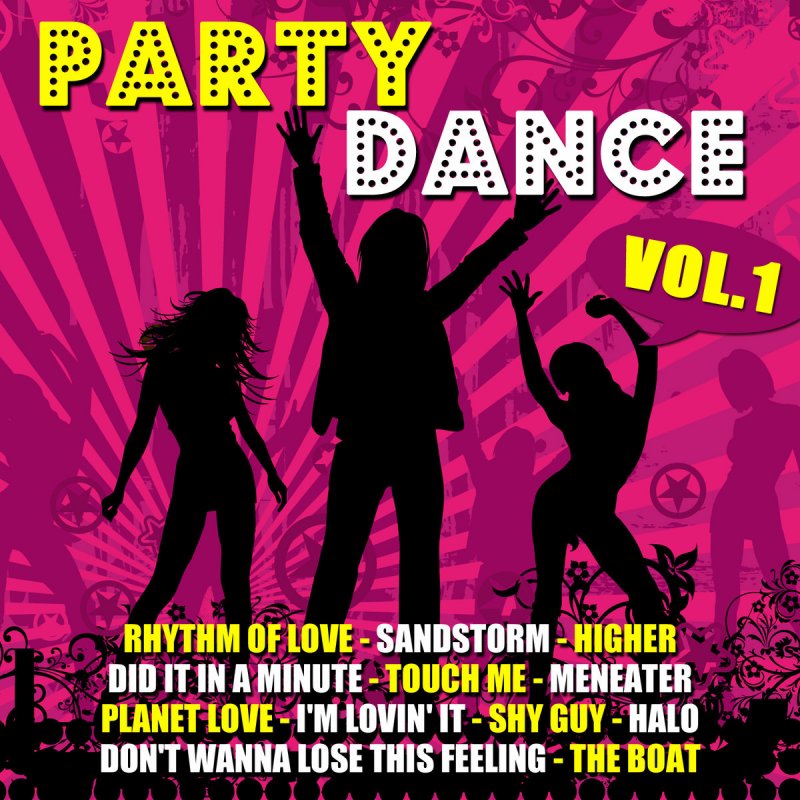 With such people, you need to deal with individually or gather them in one group and make a lesson in musicality for them. One or two lessons may be enough.
With such people, you need to deal with individually or gather them in one group and make a lesson in musicality for them. One or two lessons may be enough.
In such lessons, you need to explain what a strong beat is in music, how a melody is broken down into measures. Of course, you need to be patient, and most importantly, read music theory if you are not strong in it. In fact, it is not so scary, because the rhythmic pattern in the music school is studied in the lower grades. On the other hand, it is not necessary to overload the brain of students with this theory. Just think of a few metaphors. Rhythm can be compared with the beating of our heart, with clocks, with steps. Everything has its own rhythm - the moon and the sun, the surf, the seasons, a poem, the noise of a train, and even the sounds of a cricket. For such activities, you need simple, understandable music with a clear rhythm, for example, a march or, oddly enough, club music, with a characteristic “tuna-tuna”.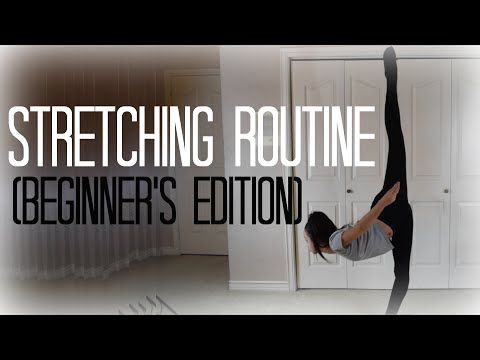 The duration of notes can be compared with seconds, minutes, hours.
The duration of notes can be compared with seconds, minutes, hours.
By the way, using the example of a march, you can easily learn to hear a strong beat. I would suggest using this particular march http://www.youtube.com/watch?v=VGfGxqHPF0s
In it, you can clearly hear how all the instruments of the orchestra play on a strong beat. I think that your students of any age will walk this melody with pleasure, and most importantly, to the beat!
A good helper in mastering the rhythm will be a metronome. Moreover, now everyone can install it on their smartphone or tablet and train at any time! By the way, the metronome is successfully used in the treatment of stuttering, and this says a lot.
In fact, I believe that anyone can learn to hear music and dance to it. All it takes is motivation. He works wonders even with the most seemingly hopeless students.
If the desire to learn to dance is great, follow a few simple but effective tips:
1. Listen to more music. Even more! Listen to it in any free minute. Learn almost by heart the pieces you need to dance to.
Listen to more music. Even more! Listen to it in any free minute. Learn almost by heart the pieces you need to dance to.
2. Divide music into instruments. The whole orchestra never plays the same tune. Double basses or bass guitars always set the rhythm, the main part is given to the violins or the voice, etc. Yes, it requires high concentration and attention, but it is really effective!
3. Learn to use a metronome.
And remember, only working out the technique will not bring results. Love music, learn to hear it in the world around you, eventually become music, and then you will succeed!
© Arina Grakhantseva
Sense of rhythm in dance
0
0
0
| Free dancing
Dancing as an art
Feeling the rhythm in dance
When they say that you need to dance to the beat, they mean that you need to dance to the rhythm of the music. However, having the perfect beat means more than just playing simple steps to the rhythm of the music. Actually, just moving to the beat is not difficult, but it takes a lot of practice to train the body and mind to feel the rhythm of the music. The perfect "timing" allows you to relax and allow your feelings to be expressed through movement, rather than trying to count the number of beats of the drum rhythm in your head. When a person achieves a perfect sense of rhythm, his dancing will become relaxed and natural. You will no longer need to mentally count the beats, as the body will be fully "aware" of its place in the music at any time. Professional dancers are often masters of the perfect beat. It is worth noting that a good sense of rhythm is not limited to any particular style of dance. It is important in all dances.
However, having the perfect beat means more than just playing simple steps to the rhythm of the music. Actually, just moving to the beat is not difficult, but it takes a lot of practice to train the body and mind to feel the rhythm of the music. The perfect "timing" allows you to relax and allow your feelings to be expressed through movement, rather than trying to count the number of beats of the drum rhythm in your head. When a person achieves a perfect sense of rhythm, his dancing will become relaxed and natural. You will no longer need to mentally count the beats, as the body will be fully "aware" of its place in the music at any time. Professional dancers are often masters of the perfect beat. It is worth noting that a good sense of rhythm is not limited to any particular style of dance. It is important in all dances.
Sense of rhythm in dance
So, here are some tips on how to develop a sense of tact right at home with the help of simple exercises.
- No need to listen to the lyrics. Rhythm is more than just words spoken to music.
- Surely, many have heard that you need to dance as if no one is looking at the person. In fact, this is the main secret of how to feel the rhythm.
- This can help you feel the rhythm of the music when dancing alone and not in front of others. On stage, it will be easier to do after that.
- It is worth practicing improvisational dances, without a routine, a certain series of steps or a clear dance plan.
- You can try dancing with your eyes closed and not seeing yourself in the mirror.
A sense of rhythm in the dance
- If the improvisation is too difficult, you can choose a few specific dance moves that you want to include in the dance, and then fill in the gaps between them with the learned moves. You can also set a specific theme for your dance moves. For example, dancing like the performer is sleeping, like a fairy, like a cat or a bird, etc.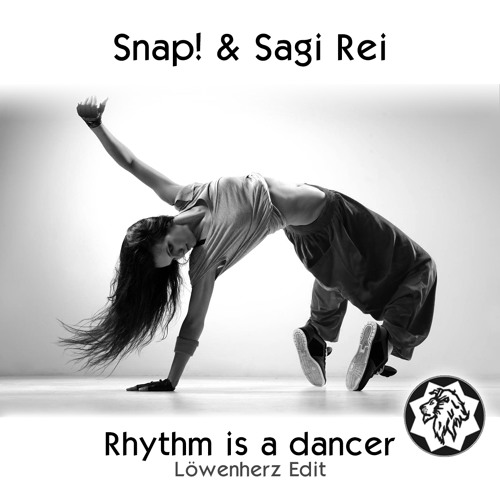 Sometimes this mimicry of movement can help “turn off the thoughts” and help you “get deeper into the music”, which can help you feel the rhythm better.
Sometimes this mimicry of movement can help “turn off the thoughts” and help you “get deeper into the music”, which can help you feel the rhythm better.
Feeling the rhythm in the dance
- Start by simply feeling the space around you. Close your eyes and start by walking around the room to the music. Or you can start with stretching. The main thing is to feel simple and natural.
- Do not think too literally about time. You don't need to move to every beat of the drum in the rhythm of the music. The dance should complement the music, but also be individual and unique at the same time. A great sense of rhythm does not mean at all that a person should dance as if he were marching in a parade.
dance, learning, school, rhythm
Share a link
Blog tags
Find a tag:
Follow @4dancing
Learn more
 And if what you want to learn isn’t available, just ask for it and we will create it.
And if what you want to learn isn’t available, just ask for it and we will create it.
